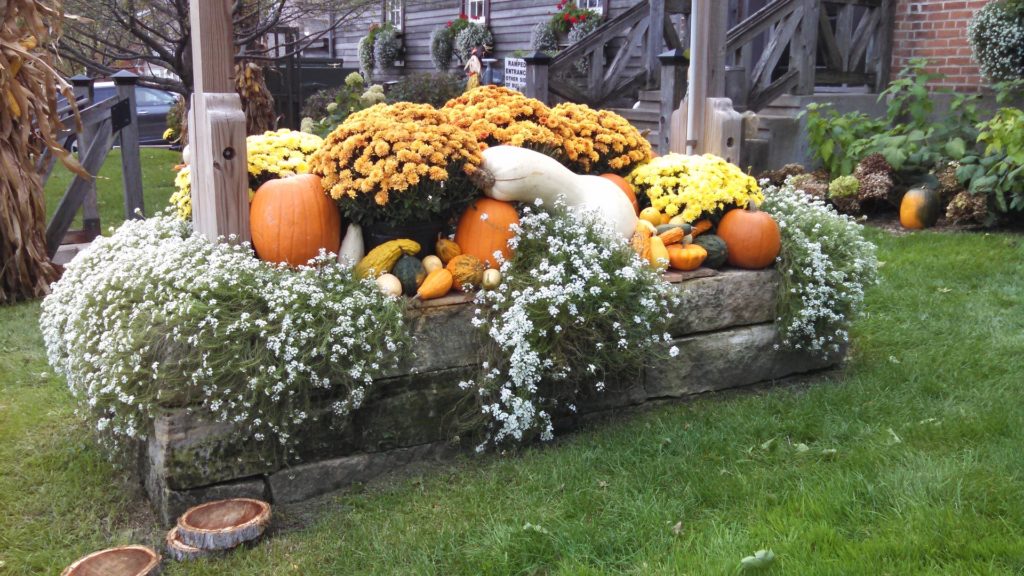How to start homesteading in Iowa

Think of a farming state and it’s likely Iowa pops into your mind. For good reason — the Hawkeye state has some of the richest and most productive soil on the planet and more than 90 percent of Iowa’s land is farmed, making it second in the country for agriculture production.
Due to it’s flat terrain and topography, Iowa is a very good place for wind generated power. Fields of giant turbines dot the landscape, producing 31 percent of the state’s energy. Iowa is currently the second largest producer of energy from renewable resources in the country.
Among the crops that do very well in Iowa is corn and some of it is used to make ethanol to help fuel this country’s vehicles. Iowa produces 25 percent of the ethanol used in the United States.
Iowa certainly has a lot to offer in terms of growing and production. If you want to learn how to start homesteading in Iowa, here’s a few things to know.
Buying farmland in Iowa
There were 88,637 farms in Iowa cultivating a combined 30.6 million acres statewide in 2017, according to The United States Department of Agriculture. The average farm size in the state in 2017 was 356 acres. In 2017, the average price for farm real estate in Iowa was $8,000 an acre, including land and buildings. The average cost for cropland was $8,100 an acre and $3,100 an acre for pasture land.
About a third of the country’s best farmland is in Iowa, according to the Iowa Department of Agriculture and Land Stewardship. Most of the soil is Loess, a fertile soil created when the glaciers receded millions of years ago.
Growing crops in Iowa
The average growing season in Iowa is 160 days. The state is in the USDA plant hardiness zones 4, 5 and 6. The state ranks No. 1 in the country for corn production and second for soybeans, but these are by no means the only crops successfully grown in Iowa. Other major field crops include oats and hay, red clover, flaxseed, rye and wheat. The primary fruits produced in Iowa are apples. Vegetables grown in the state include cabbage, cucumbers, green beans, onions, potatoes and sweet corn.
Raising animals in Iowa
Iowa is hog and poultry country. The state leads the country in the production of pork and eggs. There is also a dairy industry in the state with farmers raising herds of dairy cows to help supply Iowa’s growing cheese production. Farmers also raise thousands of beef cattle and turkeys for meat.
Iowa is not a free range state, so all livestock must be enclosed within a pasture and have adequate shelter within those enclosures. The Iowa Department of Agriculture and Land Stewardship can assist with your specific livestock or poultry questions. It’s also a good idea to check at the municipal and county levels to see if there are any specific livestock ordinances affecting your homestead.
Selling food in Iowa

Iowa is home to a thriving farmers market network with more than 200 markets that are heavily promoted by the state department of agriculture. The department also administers the Iowa Farmers Market Nutrition Program that helps to get fresh, locally grown produce and foods to eligible senior citizens and low income families. The program also works to expand farmers markets, farm stands and community supported agriculture in Iowa. Agriculture officials in Iowa want the state’s citizens to eat more of its homegrown agricultural products.
You do not need a license to sell any fresh fruits or vegetables, honey, fresh in-shell eggs and some baked goods including breads, cakes, pastries, rolls, cookies and pies at Iowa farmers markets. You do, however, need a vendor license to sell any food considered “potentially hazardous,” which are defined by the state as foods requiring temperature control, including meat, poultry and dairy products. A separate vendor license is needed for every county in which you want to sell at a farmers market. The license is good for one year and is available through The Iowa Department of Inspection and Appeals. You should also check with individual farmers markets to see if they have specific rules and regulations.
Iowa organizations for farmers
- Iowa State University Extension and Outreach
- Iowa Agricultural Organizations
- Coalition to Support Iowa’s Farmers
- Practical Farmers of Iowa
- Iowa Farmers Market Association
- Iowa Organic Association
How difficult is it to start homesteading in Iowa?
The hardest part about homesteading or starting a small family farm in Iowa is the price of land. Farmland in Iowa is more than double the national average and is the most expensive in the Midwest. But once you have your farm or homestead and are ready to plant, Iowa’s growing season, climate and soils put you at an advantage for growing crops.
